skilpod.com / blog
smart building — how quiet is a wooden house?
If you believe the internet forums, you might think one of the biggest downsides of wooden homes is their acoustics. People tell horror stories about the thumping and banging in their grandmother's wooden house.
Well, of course, technology has advanced a bit since your grandma's home was built.
It's true that it's more difficult to insulate a wooden house in terms of sound. The more mass a material has, the less sound can get through. Wood is very light and that has many advantages, but sound insulation is not one of them. So the trick is to look for other ways to insulate that don't rely purely on mass. The "mass-spring system" is one of them.
How does this system work? For simplicity's sake, let's assume that a piece of wall is made of wood - insulating material - wood. The sound wave first penetrates the first layer of wood, then collides with the insulation. This weakens the sound wave before it continues to the second layer of wood. Because the insulation has a very different structure than the wood, it will absorb and let pass different frequencies than the wood. Thus, a highly dampened sound comes through on the other side.
A Skilpod wall is made up of even more different materials, each absorbing and dampening different frequencies. Our insulation is made up of mineral wool, known to be an excellent acoustic insulator.
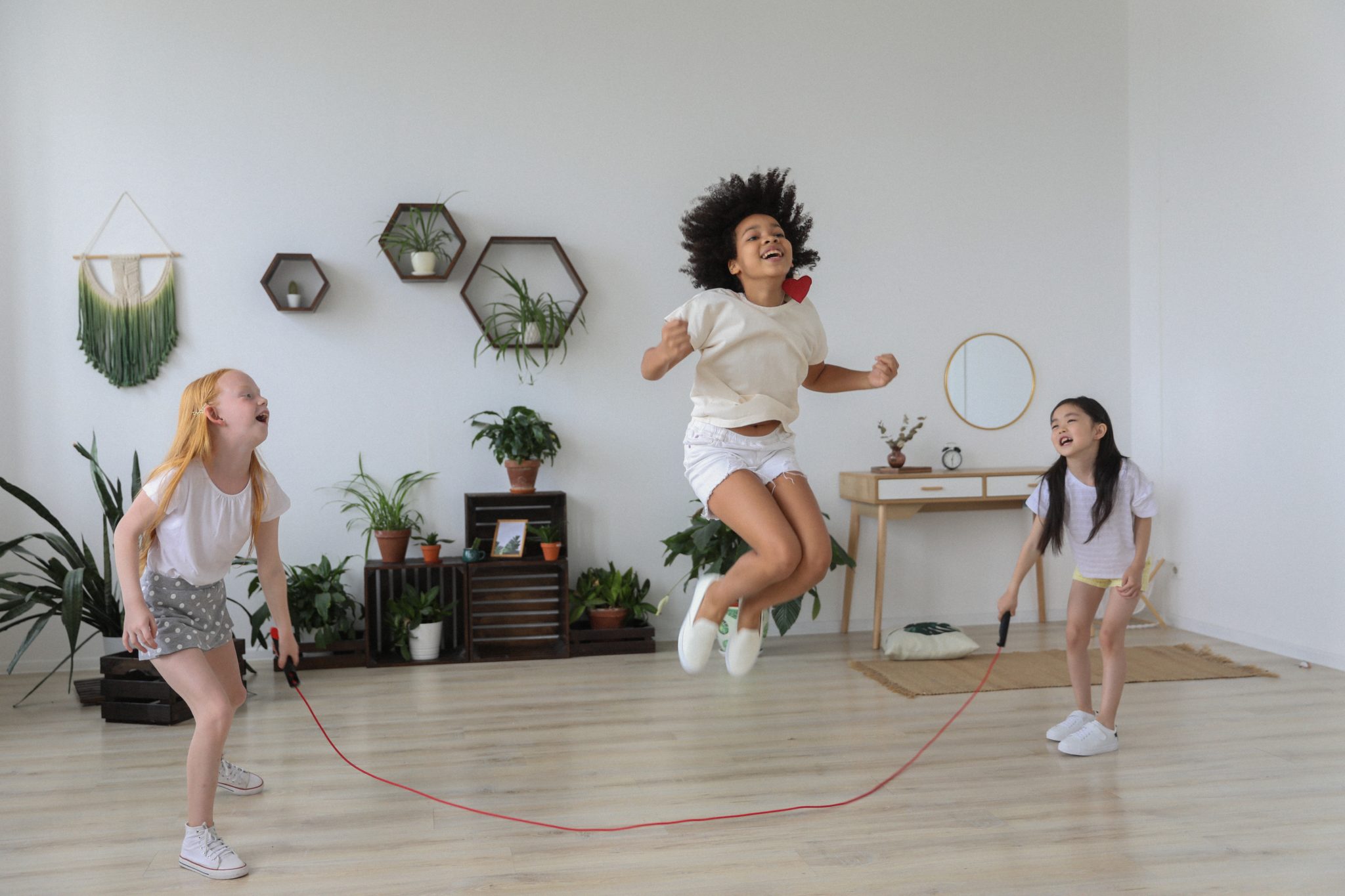
noise from inhabitants
Those stories about your grandma's home are often about the noise the inhabitants themselves produce. For example, when children play on an upper floor and it can be heard in the rooms below.
This isn't a surprise. As we said earlier, wood is not good at stopping sounds and in older wooden houses, the floor is often made of rows of massive wood planks, with no other material or other sound insulating techniques.
Skilpods are very different. Our homes are made up of different modules, that are anchored to each other. The ceiling of the ground floor and the floor of the first floor are two separate structures. Both are built with that mass-spring system in mind, so we benefit twice from the dampening. In addition tot hat, the floor is acoustically decoupled from the timber frame structure, so no sound is transmitted via the structure either. The combination of these interventions drastically reduces impact sound.
The walls between different rooms on the same floor are built with the same sound-dampening mineral wool layer.
outside noise
Of course, children playing aren't the only source of sounds. The outside world can also be a nuisance.
Our exterior walls follow the same mass-spring principle as described earlier. There are even more layers in the outside walls, that yet again filter more different frequencies. Under the roof we have the mineral wool insulation, so a rain shower doesn't sound like a drum concert.
Our windows all come in triple glazing. Because we work with ventilation type D, where fresh air is brought in via the ventilation unit, we no longer need ventilation grates at the top of windows. Another win in terms of acoustics.
We even dampen vibrations from below. When trucks or —depending on the location of your Skilpod— trains and boats pass by your house, they cause deep vibrations in the ground. We are armed against that as well: our houses are fitted with rubber shoes! Between the foundation and the wood of the module, there are strips of rubber cushions, which absorb vibrations from the ground.
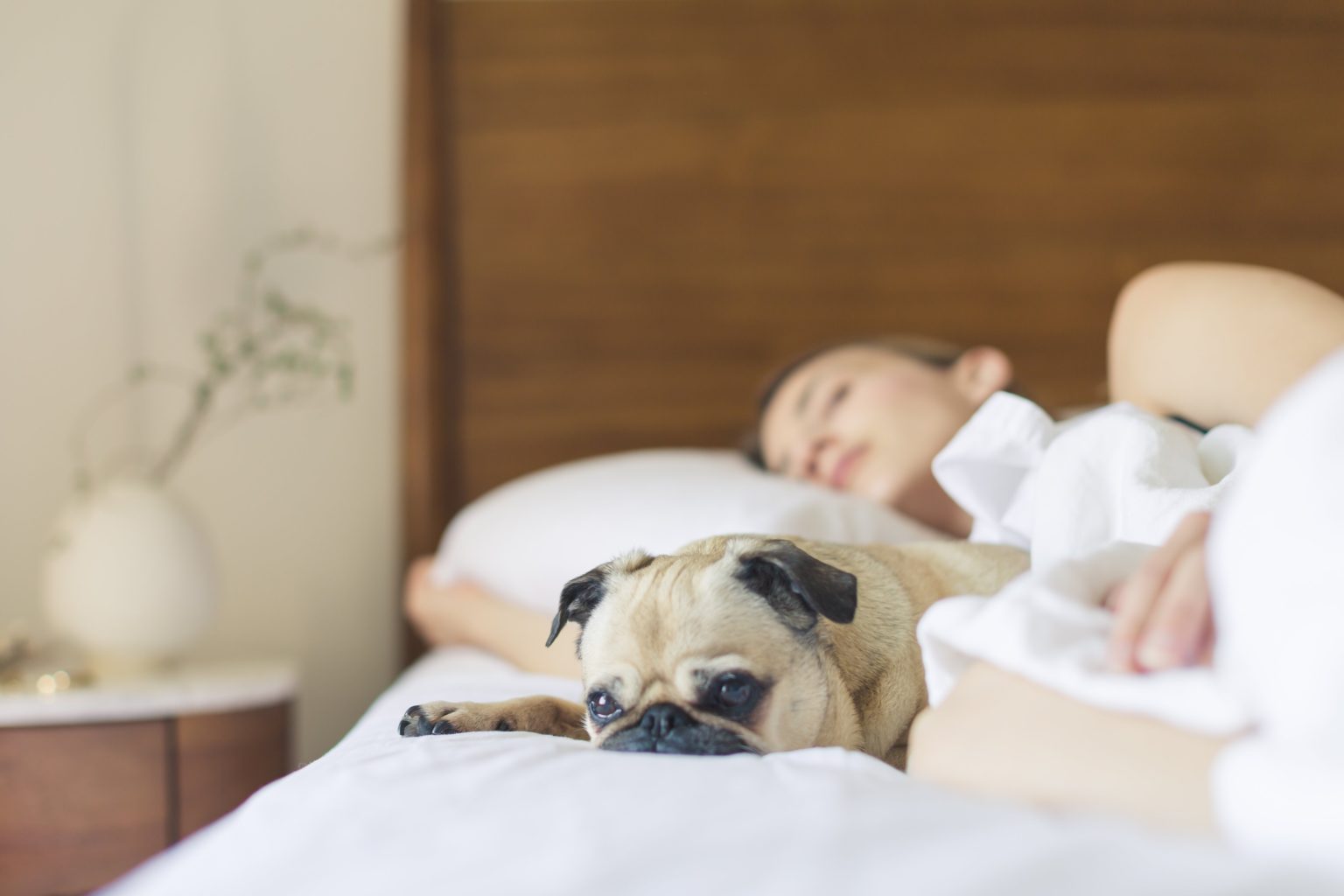
noise the house makes
No, we don't believe in haunted houses, but you may have heard that a wooden house makes its own noises, because wood lives. It expands and shrinks under the influence of the indoor climate and you may very well hear this. Except, this is only the case for massive wood and CLT, but Skilpods are made out of LVL. This is a special kind of wood, that doesn't warp under the influence of moisture, cold or heat. So, your Skilpod won't be making any noises. Unless it's actually haunted...
There are also technical installations in the house. For all of those, we choose high-performance types. Both the in- and outdoor units of our heat pump (a Mitsubishi multisplit) are very quiet: 20-40 dB. For comparison, 40 dB is the noise level of a library, 20 dB is as loud — or rather as quiet — as the rustling leaves of a tree. The quiet outdoor unit not only ensures silence in your home, it also ensures that your neighbors don't complain about your air conditioner.
what about semi-detached, closed and stacked constructions?
Rest assured: the same principles are at work here. Even though our semi-detached and closed combinations look like one beautiful whole, there are no links between the homes that can transfer noise from one to the other. They are 100% acoustically decoupled. Only the facades are connected, but this doesn't impact the inside acoustics.
For stacked constructions, we use the same techniques we use in Skilpods with multiple floors. The ceiling of one is separated from the floor of the other and acoustically decoupled from the timber frame structure. We also use the rubber cushion trick on every floor of our stacked constructions.
tested and approved
It's easy enough for us to write something on our website, but the proof of the pudding is in the eating. To be sure we designed the best possible acoustic insulation for our Skilpods, we had it professionally tested. With an extreme amount of noise.
For the floors, we consulted the WTCB (Wetenschappelijk en Technisch Centrum voor het Bouwbedrijf). We built 4 types of floor, incorporating the mass-spring system and unleashed the people from the WTCB onto these test floors. We now use the one with the best results in all our Skilpods with multiple floors.
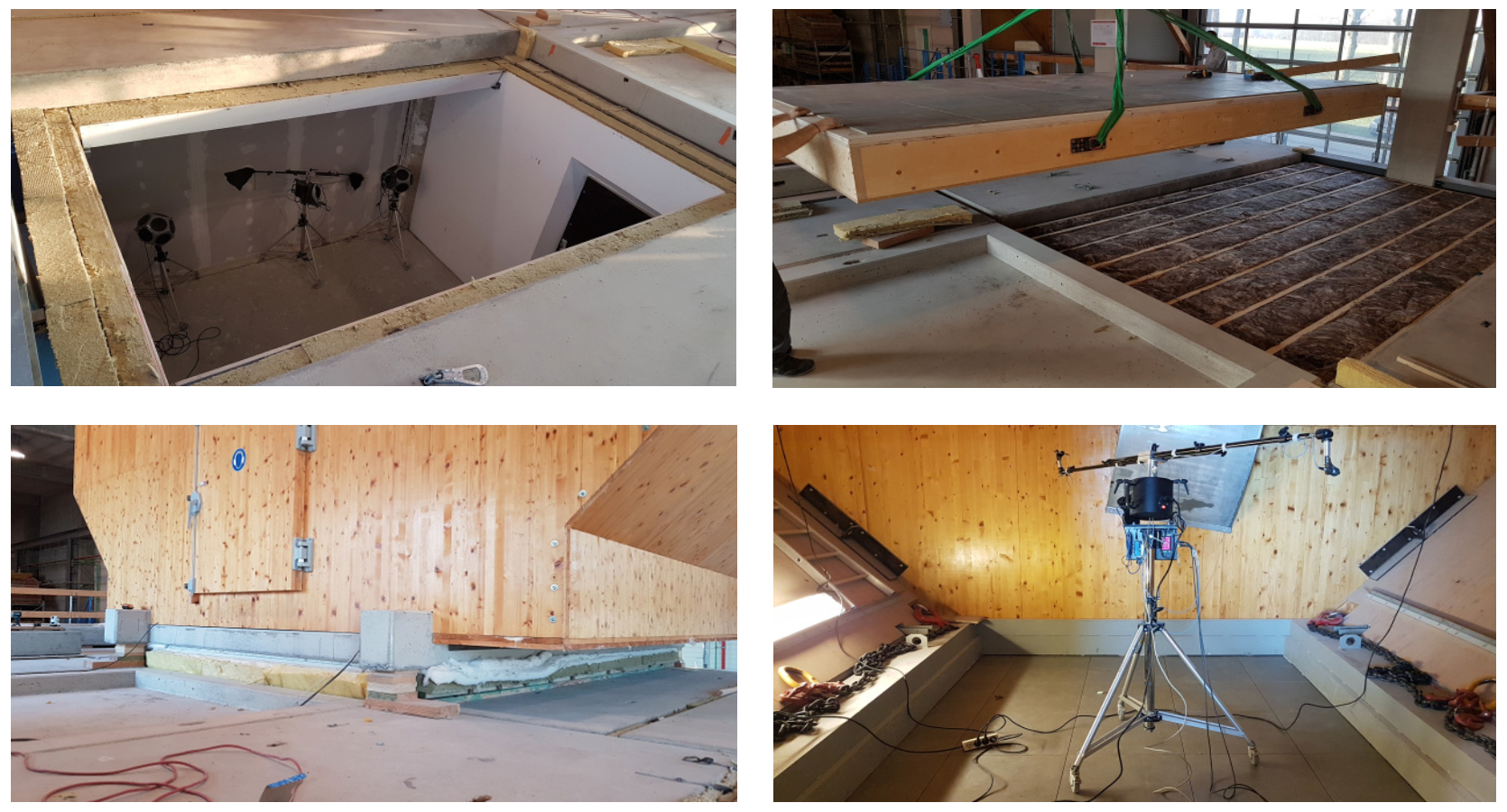
But a lab is only a lab. We also regularly perform live tests in buildings we constructed. In one room, we place a horror device that sends out very loud noise in every direction. Then we use a sensitive microphone to measure the decibels in the rooms all around that room of doom. And these tests confirm our top scores in terms of acoustic comfort.
All of this so you can sleep soundly, without earplugs.
Published: 16 August 2021
more about smart building
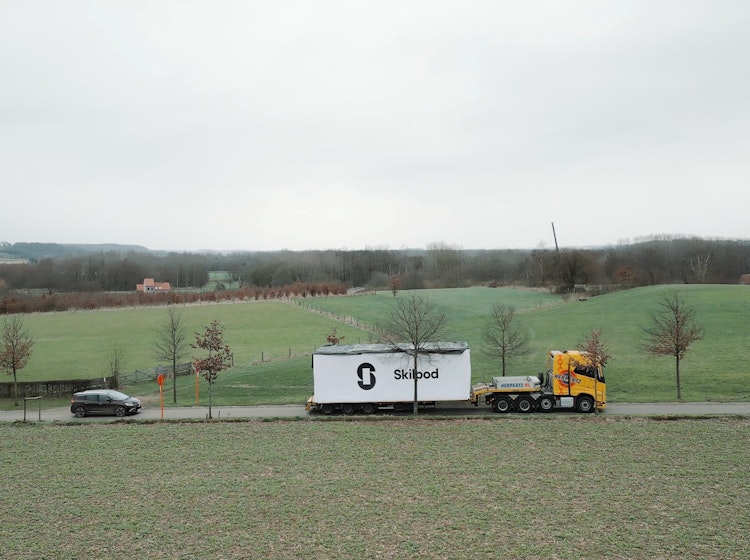
smart building — a spectacular installationWhat do you do when the construction site is in an inaccessible location and your client still wants a Skilpod? Cut a deal with the neighbors.
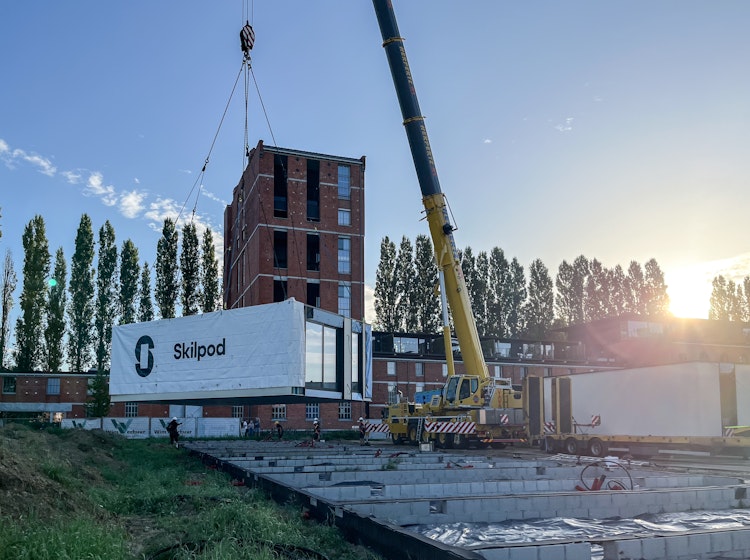
smart building — 11 homes in 4 daysWe did it again. At the historical site of the Chocolate Factory in Tongeren, we built 11 new homes in 4 days.
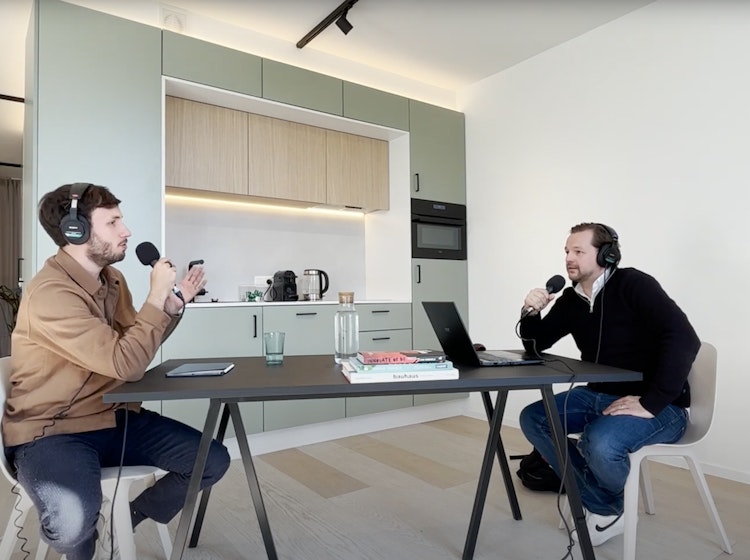
news — Filip Timmermans on the Bao podcastSkilpod founder Filip Timmermans talks about the origins of Skilpod, where we get our inspiration and where we're headed